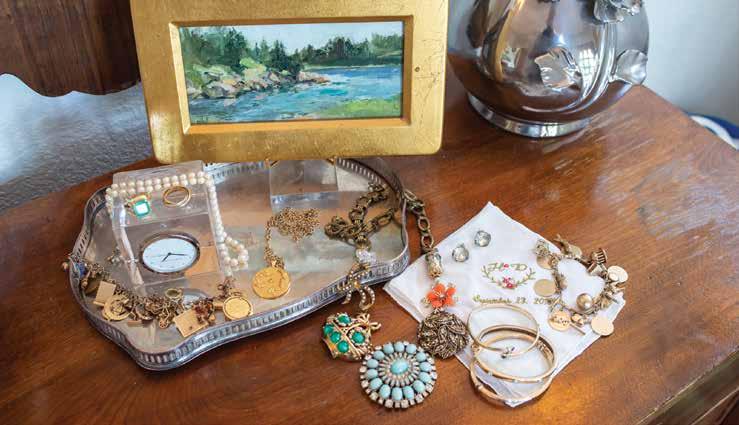
16 minute read
FORGET-ME-NOTS Family heirloom jewels. By Maren Bartels
Family Jewels By Maren Bartels
AN HEIRLOOM IS defined as “an object that belonged to a family for several generations with sentimental and/or monetery value.” The merit of these pieces come from the memories of beloved family members and are considered “the crown jewels” of most family legacies. Our own Hillary Locke Mujica shares some of her personal collection, complete with three generations of charm bracelets, an Add-APearl necklace and a vintage Emerald ring from local consignment shop, La Cache. The following jewelers from around the country offer legendary pieces to add to your own family collection.
LOREN HOPE Loren Hope is a luxury costume jewelry house based in Newport, Rhode Island, offering seasonal collections of heirloom quality pieces to serve as a bridge between nostalgia and modern design. These instant heirlooms are hand-crafted in small batches with the artistry of vintage jewelry combined with dynamic designs that speak to all generations. Broaches, earrings, necklaces and hair accessories evoke sentimental emotions, yet these works of art will endure for decades. lorenhope.com Street, stepping into Victoriana is like opening a treasure chest of jewels from years gone by. Proprietors Dave and Veronica Prebble have a passion and panache for finding antique jewelry that stands the test of time. Whether you’re looking for Georgian, Edwardian, Art Deco or Retro, Victoriana offers a beautiful selection to be adorned and worn for generations. victorianajewelry.com
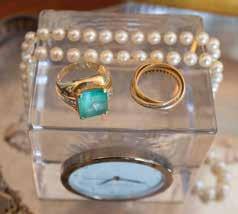
ERSTWHILE JEWELRY In 1887 Hirsch M. Klusner opened the Belle Epoche jewelry shop in Russia as a provider of rare gems and watches. During the Bolshevik Revolution, Hirsch and his son, Meir, set up shop in Berlin, supplying much of the German capital’s fine jewelry. With the rise of the Third Reich, Meir and his son Stanley carved out the pages of books and filled them with jewelry. In 1937 Meir obtained passports and embarked on a steamer trip to New York City, where he began anew in Manhattan’s jewelry district with Hirsch & Sons in 1940, eventually passing the business to the fourth generation, Rodney Klusner. Today, his son Jared Klusner runs the family business alongside his wife, Alisa on 48th Street and Fifth Avenue. Together they use their vast knowledge towards designing jewelry inspired by the vintage treasures of their ancestors. erstwhilejewelry.com
ADD-A-PEARL NECKLACE Since 1854, Juergens & Andersen Company’s Add-A-Pearl necklaces have been bringing together generations through timeless keepsakes. Through the years, its unique gift-giving legacy becomes an heirloom, adding pearls its wearer will cherish for a lifetime. Not only do they support eco-friendly pearl farms, the pearls are actually hand-strung on pure silk to maintain a strong necklace that will dazzle as a sentimental jewelry gift year after year. addapearl.com
About the car:
1925
LINCOLN L TOURING CAR
Hermann Brunn injected new style into the frumpy coachwork offered by Lincoln after the motor company was acquisitioned by Ford in 1922. The original design featured more headroom than style as it was overseen by the milliner son-in-law of Lincoln Motor Company founder Henry Leland. With Brunn’s help the car’s style got an upgrade while still capitalizing on Leland’s superb chassis and fork-and-blade V-8 engine to make the Lincoln Model L one of the best automobiles of the 1920s. This 1925 Lincoln Model L Dual Windshield Phaeton is a superb example of their collaboration, with a long, low hood that takes advantage of the V-8’s compact dimensions, a raked windshield with generous wind wings, a three-piece rear seat windshield, jump seats and a luggage trunk behind the tonneau.
PHOTO: CHAD CHISHOLM; LOCATION: VEHICLE VAULT; MODEL: STACEY BANKS, DONNA BALDWIN AGENCY; HAIR: CHARLIE PRICE; MAKEUP: ERROLL PERKINS; STYLIST: R.J. RIVERA Dolce & Gabbana dress from Kouture Consignment
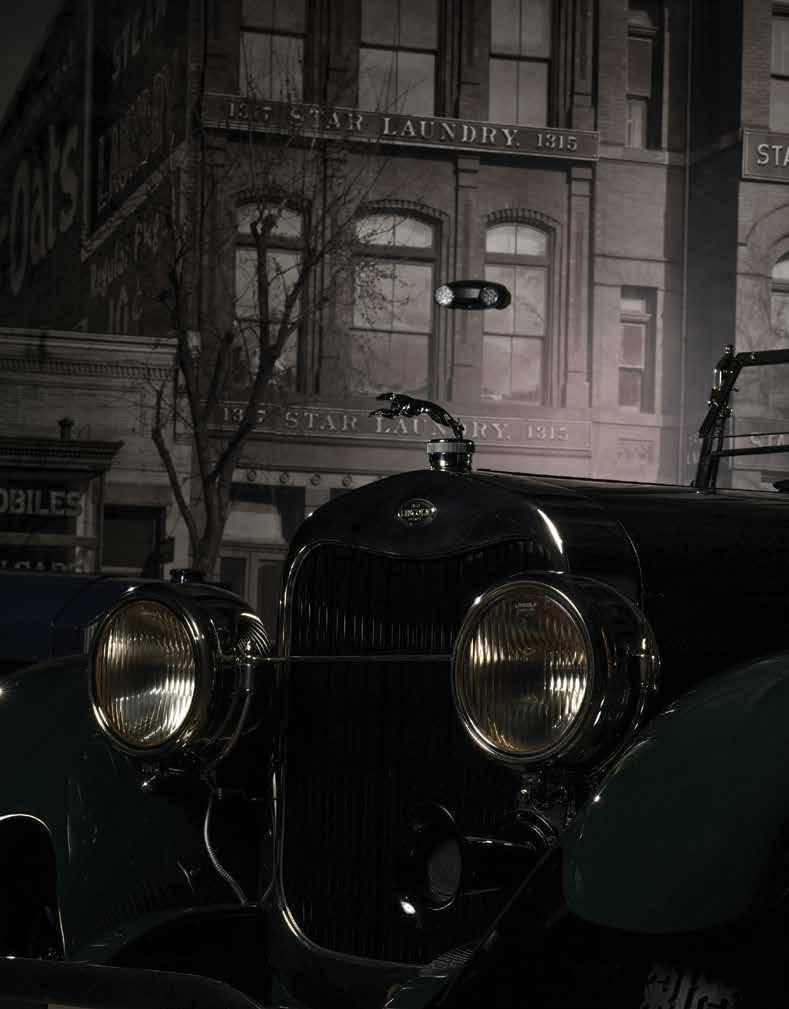
In the Driver’s

Seat THE ALLURE OF the automobile is something ingrained in American culture. From the time we can walk, it seems we’re destined to drool over the rarest, newest, most innovative cars, let alone get a chance to actually drive one of these works of art. If your heart goes pitterpatter at the sound of a revved-up roadie, then the Vehicle Vault is your playground. Born from a passion for everything car-related, the Vehicle Vault is a locally owned business that houses a collection of cars that are loved and lusted over. Quickly recognizing the historical By Hillary Locke Mujica significance of these beautiful pieces of functional art, owner Erin Hutchison decided to create a community gathering place for all auto enthusiasts, even those who may not realize they are yet. The desire to share not only her own collection, but the history in engineering and design of the automobile, led to the construction of the stunning 30,000-square-foot facility in Parker. Deeply rooted in the communities of Parker and car enthusiasts, Vehicle Vault is thrilled to welcome guests to experience the beauty of over a century of automotive history. Whether visiting the museum, attending a private event, or joining in the fun at monthly outdoor gatherings, Hutchinson hopes each guest will walk away with an outstanding experience and appreciation for beautiful cars. From early touring cars to muscle cars and innovative race cars, this collection has something to get everyone’s motor running.
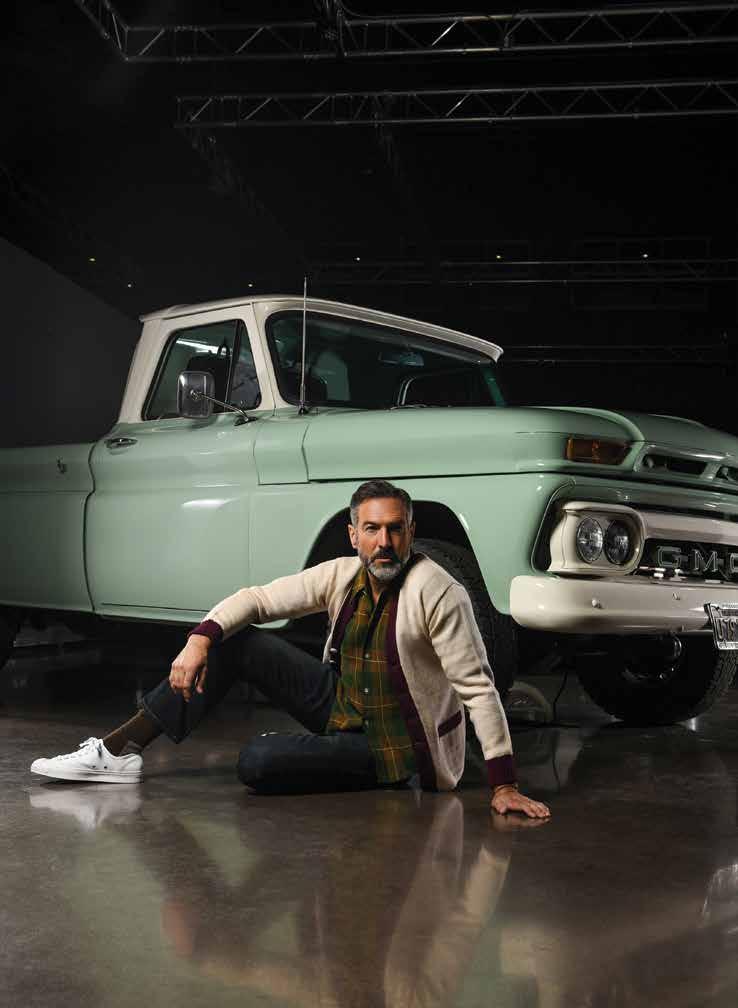
About the truck:
1966 GMC 3/4 TON PICKUP
This beauty was completely restored in 2017 after 20 years in a garage. The upgrades include a new 350ci V8 engine backed by a 3-speed automatic transmission, fresh paint, new upholstery, wooden bed, power brakes and steering.
1960s wool letterman varsity cardigan sweater and plaid flanel shirt from Boss VIntage; Mavi Jeans and Converse Jack Purcell low-top sneakers
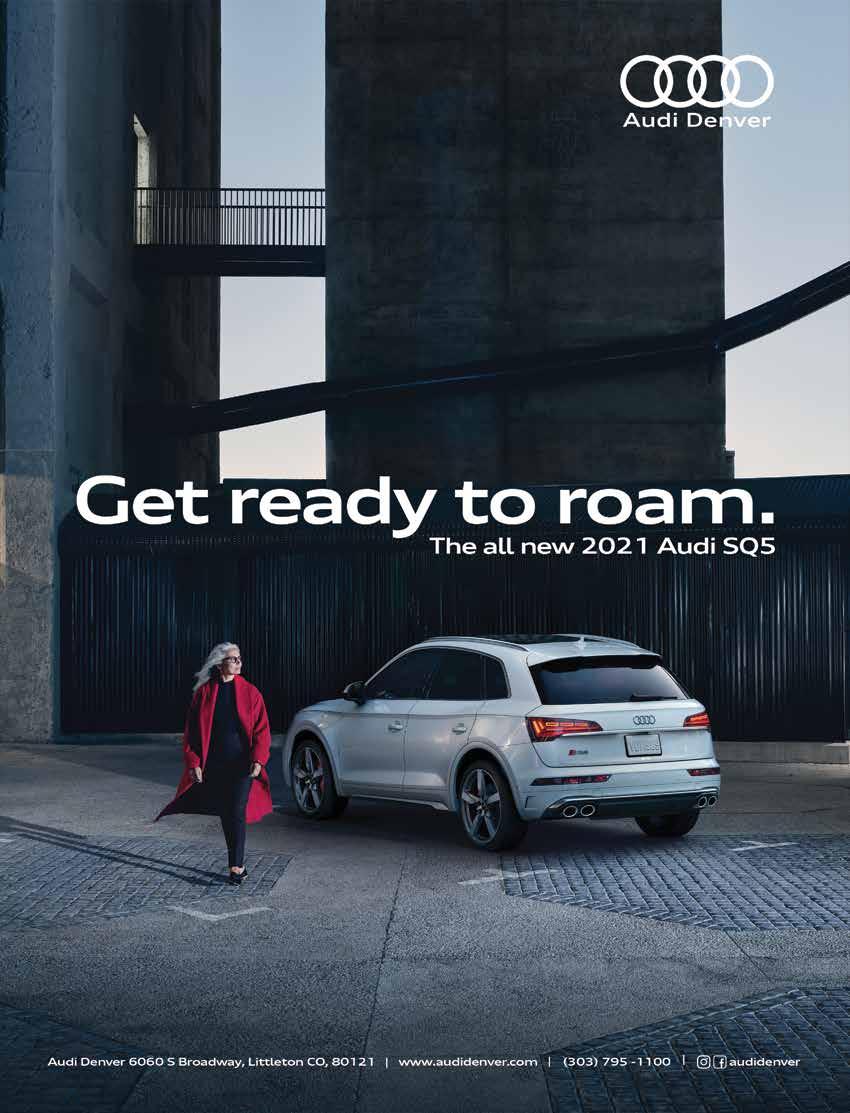
“...the longer I went on racing and was around the limited-production factories in Europe, the more I realized that America was missing a big bet, a winning bet... that winning bet I’m talking about was the design and production of an all-purpose, all-American sports or grand touring car that you could drive to market and also race during the weekend...”
—Carroll Shelby

About the car:
1968 SHELBY GT500
The Shelby Mustang debuted in 1964. It was the first automobile to receive a Tiffany Gold Medal in American Design. The car was designed by legendary race car driver Carroll Shelby, who started designing cars after retiring from racing. Shelby collaborated with Ford Motor Company from 1965 to 1968. Later, he worked with Dodge and Oldsmobile. In 2003, he resumed ties with Ford, remaining there until his death in 2012. Learn more about him in his autobiography, The Carroll Shelby Story.
Ben Sherman Team GB Union polo shirt and classic chino pant
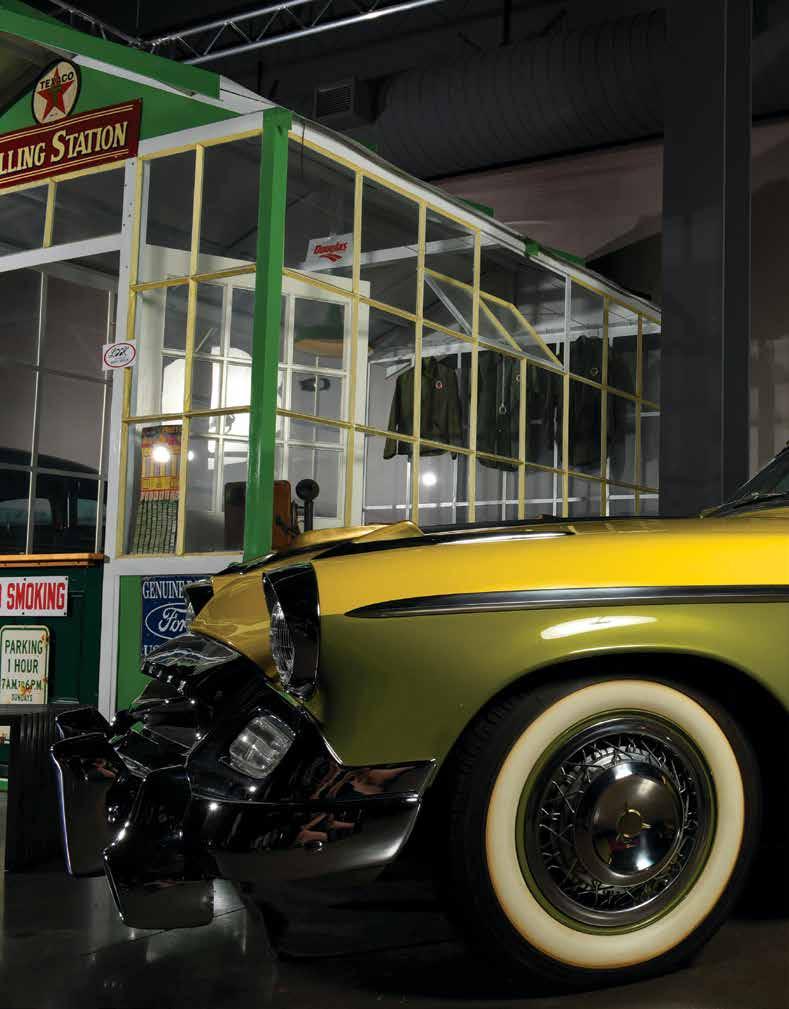
About the car:
1955 STUDEBAKER PRESIDENT SPEEDSTER
This restyled version of Studebaker’s flagship President Speedster was introduced in January 1955, with an initial run of twenty cars to be displayed at car shows for the model year.
The hardtop Speedster was distinguished by its stainless-steel roof band, “shoemaker-stitched” leather upholstery, and an engineturned instrument panel with an exhaustive list of standard equipment. After receiving critical acclaim from car shows, Studebaker’s management decided to put the car into production mid-year and offered it for the rest of the model year.
This is the first automobile produced with seatbelts in Vehicle Vault’s collection.

Ted Baker London shirt and Barbour jacket

About the car:
2008 ASTON MARTIN VANTAGE
Begun in England by Lionel Martin and Robert Bamford in 1913, Aston Martin is known for designing stylish hand-built sports cars with highly competitive performance aspects. Aston Martin’s rich heritage of racing and specialized design has made it a worldwide icon of elegance, sophistication and performance.
In 1977 Aston dropped the first Vantage V8 onto the roads, and it took off as the fastest production road car on the planet by hitting 170. The limited-production highperformance Vantage debuted for the 2008 model year. It included a more powerful V8 engine, firmer suspension tuning, lightweight wheels and was released in both coupé and roadster body styles.
Eliza dress from Kouture Consignment

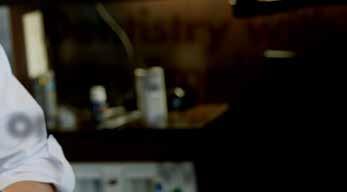
Dentistry with an Emphasis on Whole-Body Wellness
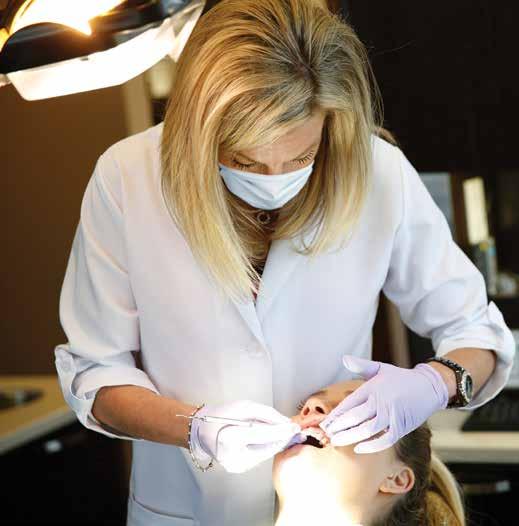



At Vibrance Dentistry, we believe that dentistry is not “one size fi ts all” and that your experience should be pleasant and relaxing. Our commitment to Holistic and Biological dentistry ensures that your visit will leave you feeling better, looking better and living better. Our state-of-the-art equipment and spa-like amenities allow us to offer services that transcend traditional dentistry and promote whole-body wellness.

We offer a full range of dental services, from family and preventative dentistry to cosmetic dentistry including smile makeovers. Call us today at 303-770-1116 or visit vibrancedentistry.com to schedule an appointment and discover the difference! Cate Vieregger DDS, LVIF

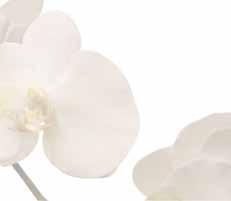

303-770-1116
vibrancedentistry.com
7400 E. CRESTLINE CIRCLE, SUITE 230 GREENWOOD VILLAGE, CO 80111
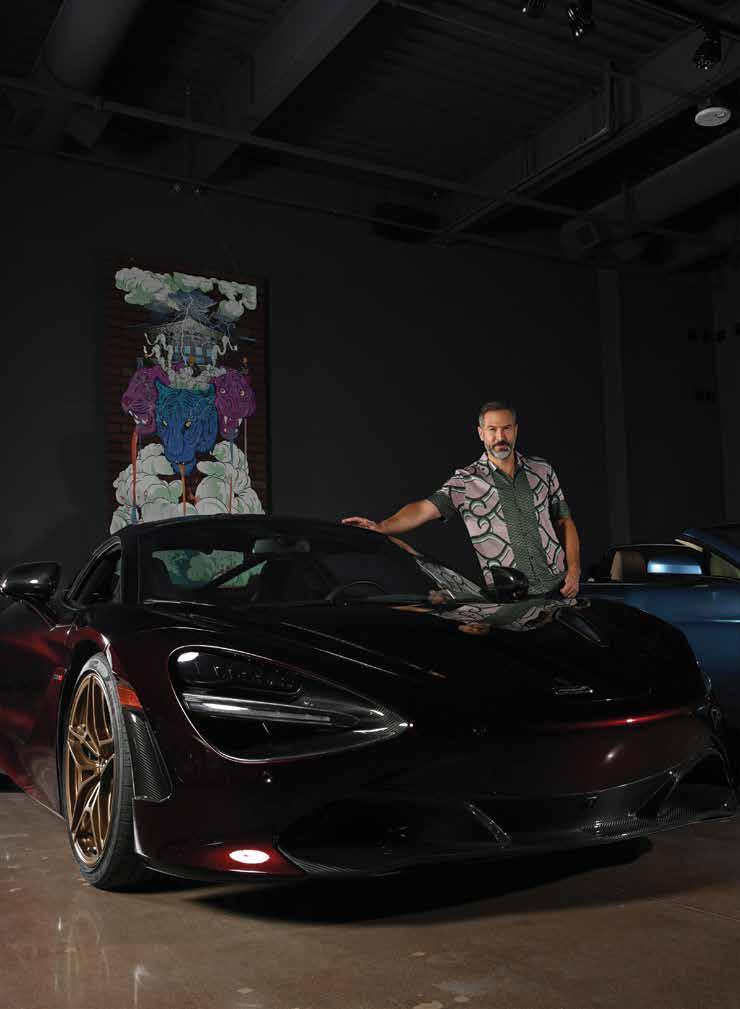
About the car:
2018 MCLAREN 720S
The youngest-ever Formula 1 race winner for more than 40 years, Bruce McLaren pioneered the use of carbon fiber in motor racing, adding lightness to cars, followed by more power. In 1970, he was designing and testing a prototype for a light sports car with an estimated top speed of 165 mph and zero to 100 mph time of eight seconds. He died in a car accident before completing the prototype.
In 1980, McLaren Cars merged with Ron Dennis’ Project 4 Racing team. Following a brief collaboration with Mercedes-Benz for the SLR McLaren, the company was re-launched in 2010 as a stand-alone manufacturer. Spinning off McLaren Racing the company produced this 2018 720S model which has 49 horses up on the Ferrari 488GTB. The new McLaren’s body is 40 lbs lighter than its predecessor, going from 0 to 124 mph in 7.8 seconds with a top speed of 212 mph.
Scotch & Soda Jacquard shirt


TheFrench Connection
By Kathryn O’Shea Evans
Five years ago, Florence Müller, a Paris-born curator and former fashion journalist, hopped the pond from France to the Front Range to become the Denver Art Museum’s Avenir Foundation Curator of Textile Art and Fashion.
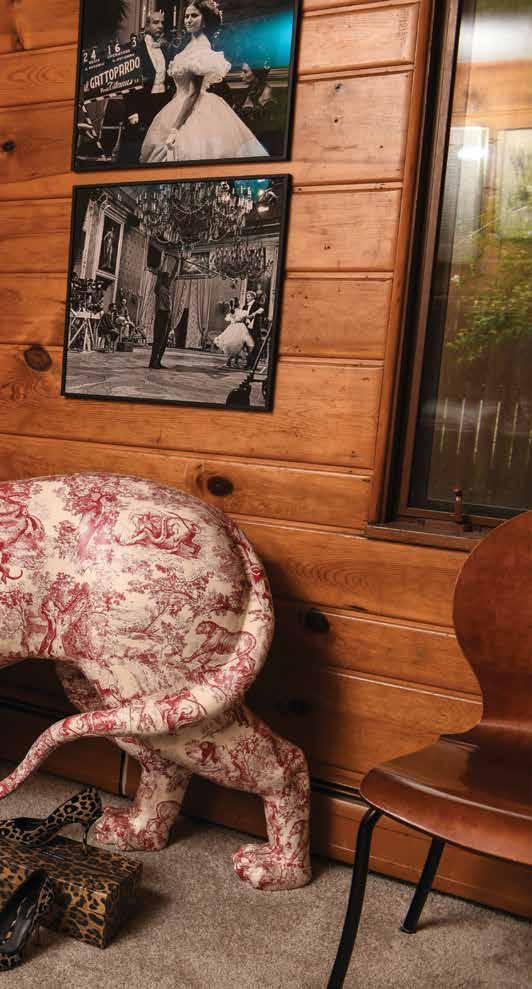
Here, the Colorado transplant flings open her closet to show us her megawatt collection of haute couture—and reveals everything from her go-to vintage shop to her favorite restaurants in town. PLUS: Müller shares the music playlist from her recent exhibition at DAM, “Paris to Hollywood, the Fashion and Influence of Véronique and Gregory Peck” to add to your Spotify. Oui oui!
Florence Müller at home. Photo: Chad Chisholm; Hairstylist: Valerie Ward; Makeup Artist: Erroll Perkins

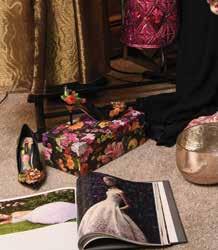

PHOTOS: CHAD CHISHOLM Yes! Yes. I love hiking, I love skiing, all these things and this connection with nature. That is really something that you miss in Paris, because it’s a city without many trees and nature. It’s a very different life, of course, but it’s what I was looking for—an adventure!

Love that. Welcome. How did you get into fashion?
I was a student in history of art at the Louvre, also doing theater costumes and fashion photography. I was looking around to find something that was connected with how garments can transform themselves and can really redefine somebody. It is a form of art. I started to work with the lady who is considered the founder of the fashion museum in Paris, in the Louvre. When she passed away from cancer, I was very young still, but became the curator of the museum. I stayed there until the mid ’90s and I did many, many exhibitions. Then I became an independent curator and started to teach fashion at the French Institute of Fashion, which is the most prestigious school in Paris.
Wow. That’s quite a résumé!
I’m known for retrospectives—I think I have done about 18 exhibitions on Dior, and many big retrospectives around the world in Russia, China, Japan, France, England and Israel as well. Perhaps I am seen in the fashion world as a specialist of the history of fashion, from the 19th century to today, and more specifically, a historian of designers and couture.
This is amazing. I am so proud that we have you here in Denver. Are you appalled by the way we dress here?
I think the way people are dressed here is very much in tune with this outdoor lifestyle. When you walk in some districts, like LoHi, LoDo, Cherry Creek, Larimer ... you can really find a lot of fashionistas. Denver is a gigantic city but there are very fashionable districts where you can really shop very, very interesting fashions, for both women and men.
What do you look for when you’re curating a museum exhibition?
I’m inspired by contemporary fashion. I follow all the shows and have for more than 30 years. Street style also is a huge inspiration. I like to find subjects that are connected with the mood in which we are. My recent exhibition on Gregory Peck [for the Denver Art Museum] resonated very well with the fact that the pandemic is not over totally, but we are able to go outside, to go to restaurants, to enjoy life. The exhibition is very enjoyable and really fits with this moment.
When I have a final subject [approved by the Director of the museum], I dream about it a little bit. I start to write a story—basically, what I want to tell about the subject, what is important, and what will touch people. Then I start to work on a checklist for everything that will be exhibited: all the ensembles, including the accessories, the photos, the videos. Usually, the first checklist is very large and it’s very difficult to reduce it, because you want to keep everything—everything is desirable!
I keep things that tell one moment in history... and some objects because they are beautiful and very artistic. The research takes several months; very often I ask for the help of the couturier and design companies when they have archives and I’m able to find the origin of the pieces.
What is the “secret sauce” to a great fashion exhibition?
The set design. I like to work with architects because they have a great sense of the space. The other big, big thing is the lighting—it’s half of the success of the beauty of an exhibition, especially for fashion evolution. Dresses aren’t easy to light because they are 3-D objects. Sometimes if you light the front, you miss the back, that kind of thing. And of course, music is important because it can give the feeling of the decade in which the piece belongs, then it helps people to remember, “Oh, okay, this is the ’70s.”
I want to hear about your own collection of couture. What are your favorite pieces?
Oh my God, I have too many! I love Balenciaga. I am buying a lot of Demna Gvasalia, the current artistic designer of Balenciaga. I love Celine as well. Back in the ’80s and ’90s, I bought a lot of Jean Paul Gaultier, Thierry Mugler, and Marc Jacobs. It’s difficult because there’s so many!

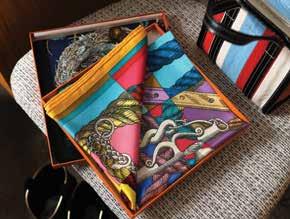
PHOTOS: CHAD CHISHOLM; HAIRSTYLIST: VALERIE WARD; MAKEUP ARTIST: ERROLL PERKINS

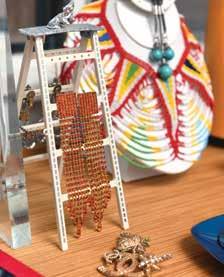
PHOTOS: CHAD CHISHOLM; HAIRSTYLIST: VALERIE WARD; MAKEUP ARTIST: ERROLL PERKINS Since moving to Denver, I love to shop vintage because there are many antique malls here. Every month I do a tour of the vintage mall and boutiques and find some treasures. The Brass Armadillo is my favorite—I’m not sure if it’s politically correct, but I found great vintage fur from the ‘70s. I have a beautiful Red Sox jacket that I bought this winter that I love so much, and a long white mink coat from the ’70s. Unbelievable.

Since you lived in Paris for so long, I’m dying to know—which restaurants in town are your go-tos?
There are many! I love Tavernetta and its owners, who are friends. And I love Atelier by Radex. Hillstone is one of my absolute favorites in Cherry Creek—their [hot fudge] sundae with the cream is crazy! I also love Temaki Den, a new restaurant that opened in The Source during the pandemic. It’s absolutely wonderful and there is a lot of space—you can get a reservation at the last minute. Another favorite: Cart-Driver, which has locations in LoHi and RiNo. They have the best pizza—I would say they can compete with any pizzeria in Italy. It’s very sophisticated and simple, and the places are beautiful, and full of beautiful people.
STYLISH SOUNDTRACK
To set the mood for her recent Denver Art Museum exhibition, “Paris to Hollywood,” Müller turned to a true expert: “I curated the list of the music with the help of Cecilia Peck, the daughter of Veronique and Gregory Peck.” Here, the exact songs the duo selected—add them to your Spotify for your next well-heeled dinner party.
1. Roman Holiday Main Theme. Composer: Georges Auric © 1953 Paramount.
2. I Say a Little Prayer, Aretha Franklin. Composers: Burt Bacharach and David Hal © 1967 Atlantic.
3. Isn’t She Lovely, Stevie Wonder. Composer: Stevie Wonder © 1976 Universal Music Group.
4. Superstition, Stevie Wonder. Composer: Stevie Wonder © 1972 Universal Music Group.
5. Messe pour le temps présent (Mass for the Present Time): Psyché Rock, performed for Maurice Béjart choreography, Avignon Festival. Composers: Pierre Henry and Michel Colombier © 1967 Universal Music Group.
6. Messe pour le temps présent (Mass for the Present Time): Teen Tonic, performed for Maurice Béjart choreography, Avignon Festival. Composers: Pierre Henry and Michel Colombier © 1967 Universal Music Group.
7. Fly Me to the Moon, Frank Sinatra, Count Basie and His Orchestra. Composer: Bart Howard © 1964 Universal Music Group.
8. Somethin’ Stupid, Frank Sinatra and Nancy Sinatra. Composer: Carson C. Parks © 1967 Universal Music Group.
9. The Best is Yet to Come, Frank Sinatra, Count Basie and His Orchestra. Composers: Carolyn Leigh and Cy Coleman © 1962 Universal Music Group.
10. Diamonds on the Inside, Ben Harper. Composer: Ben Harper © 2003 Universal Music Group








